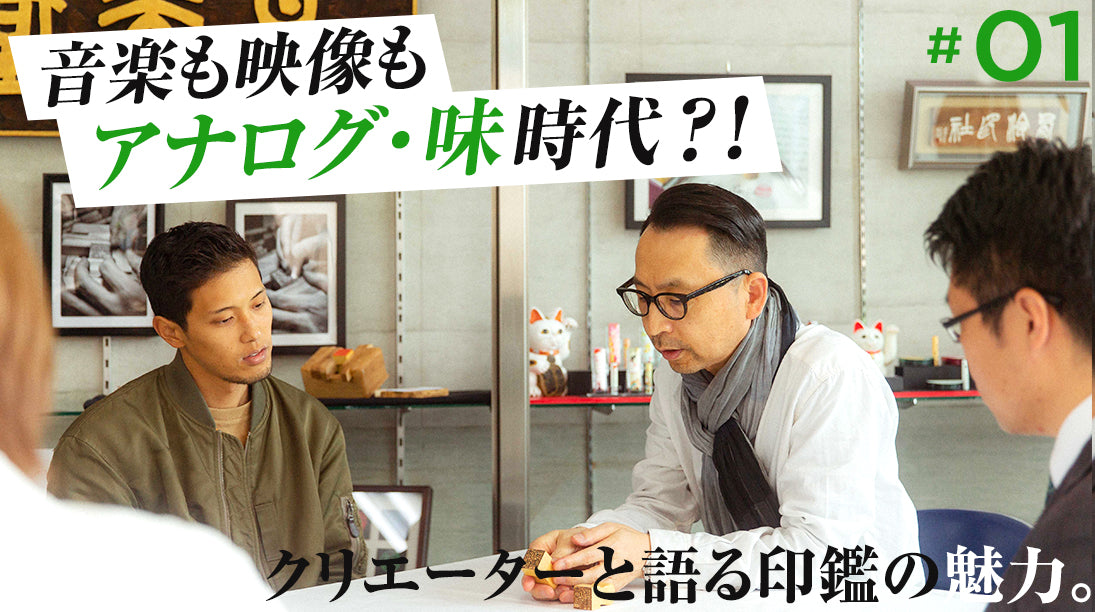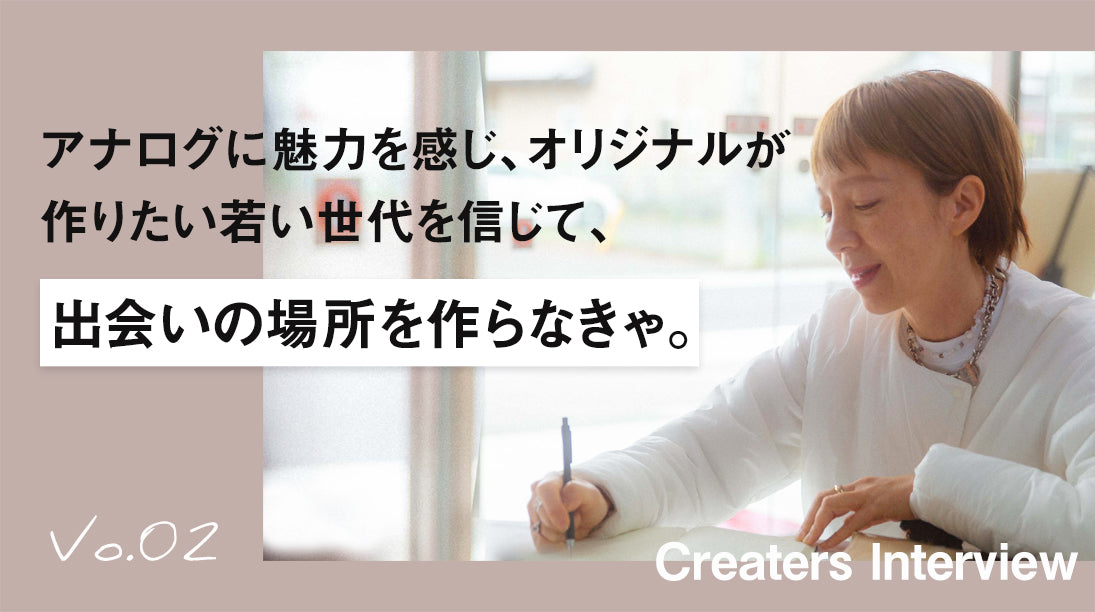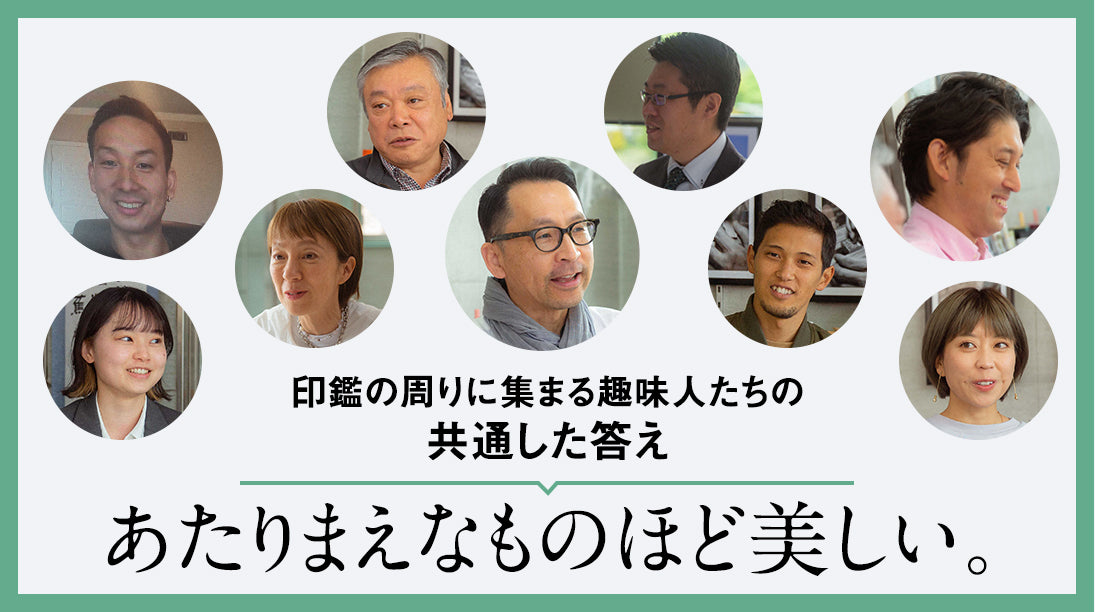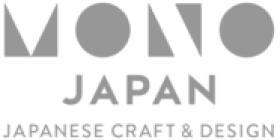
01: The era of analog music and video. Talking with creators about the appeal of seals.
Ieyasu: Yamashita-san, don't the people in the music and video industries you work with ask you, "Seals? Why?" You've been to Yamanashi many times to shoot promotional videos for seals, so I'd like to hear from you about seals and what you think are their charms.


Yamashita: It's true that people sometimes ask me, "Why a stamp?" but actually, people around me often say that stamps are cool. The reason I started thinking deeply about stamps and realized how nice they are to hold in my hands was when I made a corporate stamp. The father of a friend of mine is a calligrapher and made one for me as a gift. His name, Yamashita, is relatively simple, so I had never thought of stamps as delicate until then, but when I held a hand-carved one in my hand, I was moved by how delicate it was.

Harada: Yamashita-san's corporate seal is relatively small in size.
Yamashita: That's true. Moreover, it was made for me through a friend, so it's full of emotion and I always feel special when I press it.
Harada: What material is it?
Yamashita: I guess it's something quite common.
Harada: It's boxwood, and it's Japanese boxwood. It's about 40-50 years old.
Ieyasu: Is it really possible to tell that much? By the way, are hand engraving and machine engraving really different?


Harada: Of course, there are high-performance, high-level machines for machine engraving, so it may be hard to tell the difference, but there is a difference in the way it is made. This may sound too technical, but with machines, the edges of the characters are vertical. But with hand engraving, the edges are carved away as the characters are smoothed out in the finishing process, so that the base of the character is wider and the surface that is covered with vermilion is narrower, like a "H" shape or a levee.
Ieyasu: Can't a machine do that?
Harada: If you just carve it by machine, it will not look like hand-carved or hand-finished. The purpose of machine carving is to make it quick and beautiful, right? Amazingly, this difference is even more pronounced with stamps that have a small radius. What is created by smoothing the edges of the characters is strength. With continued use, machine carving is prone to chipping of the characters, whereas hand carving is less likely to do so. To put it more technically, the small characters written with a brush on that narrow surface stand out and look lively. This is just my opinion, but the most important thing about a seal is the characters (design), and that is where the craftsman's sense is reflected. Hand carving or machine carving tends to come first, but that is secondary. The original purpose of the introduction of mechanical engraving machines for seals was to shorten the time required for the process of carving around the characters of handwritten seal designs (rough carving). They were not introduced so that anyone could easily make seals. However, the current industry is in a situation where anyone can easily start a seal shop due to the advancement of mechanical engraving machines. I will go into this topic in depth next time, but if your local or online stamp shop sells stamps that are simply engraved with a machine using a commercially available font, they may be cheap and affordable, but I have to say they are flat and lack character. Sorry, I got a little heated (lol).
Yamashita: I actually feel that those little things make a big difference. For example, I think it's become common to send invoices as PDF data, but I also use it when sending emails by scanning a piece of paper with my seal on it and attaching the digitalized version.
Harada: Right? So it scans things like the bleeding of the red ink when you press it with your hand.
Yamashita: That's right. You might wonder why we would go to the trouble of scanning something we'd printed by hand, attaching it to an invoice, and sending it as a PDF, but the reaction of the person receiving it is clearly different.
Of course, it may be possible to easily create data that resembles a seal using Photoshop, but this is clearly different.
Harada: It's just too beautiful, like in Photoshop.
Yamashita: Marks have a certain charm.
Ieyasu: People like you, who have been born with digital technology for a long time, are of the younger generation and think that taste is good!
Yamashita: In fact, I do add flavor to my Instagram, videos, and content. For example, I often intentionally make the footage cloudy, creating a roughness that's called film grain.
Harada: I understand, it's the same at live shows. Even at Rolling Stones concerts, they use black and white images on the monitors.

Yamashita: I also use film filters to intentionally create roughness when filming. I use Canon cameras because they have a certain film-like feel. The same goes for music, and the best arrangers use analog tools. I wonder if people in urban areas are looking for the feel of the human hand, just like they are looking for nature. Analog tools are expensive these days.
Harada: In Detroit, the musician Jack White opened a record shop and pressing plant. In Japan, Gen Hoshino, who is popular among young people, has also adopted analog records.
Yamashita: The producers of GReeeeN and Yuzu always run their sound through the same audio equipment that the Beatles used. The latest digital equipment is clear and beautiful. But it is because of this that we instinctively seek out the beauty of roughness.
Harada: People of the older generation don't like it when they talk about taste, though.
Ieyasu: In today's world where things that have a certain flavor are becoming more and more important, the fact that young creators like Yamashita-san are discovering value in seals is important in thinking about the appeal of seals that is different from the conventional notion. I feel like this holds a hint for thinking about the future of seals.
The story continues without end.








